
I’m excited to announce a new project we’ll be working through here on http://ultimatereloader.com that will extend some of what we did with AR-MPR, but this time we’ll focus on the “big brother” to the AR-15- the AR-10 platform, specifically the DPMS LR-308B. For optics, we’ll get an up-close look at the Bushnell/Millett TRS-1 tactical scope.
Watch the video to get a preview of what will be covered:
Looking forward to sharing this experience with you all!
Thanks,
Gavin
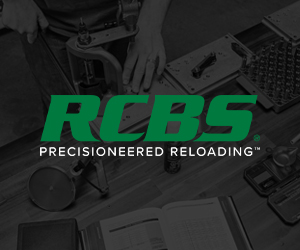

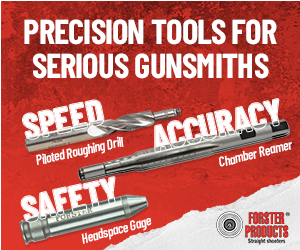
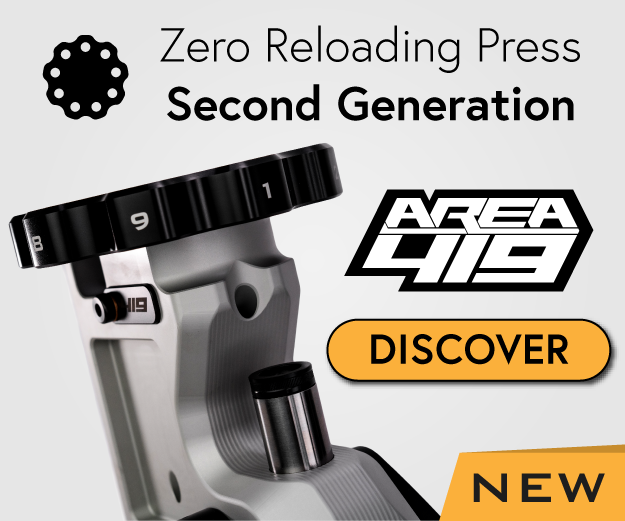




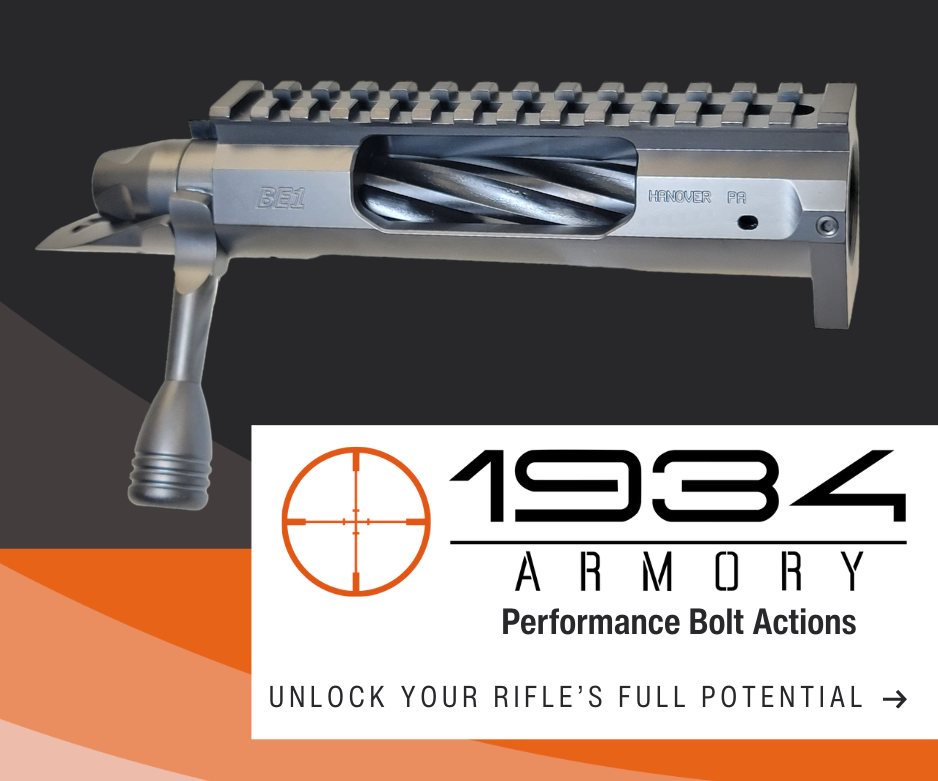






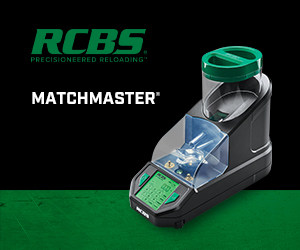





















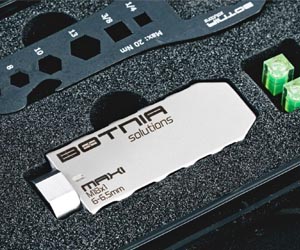
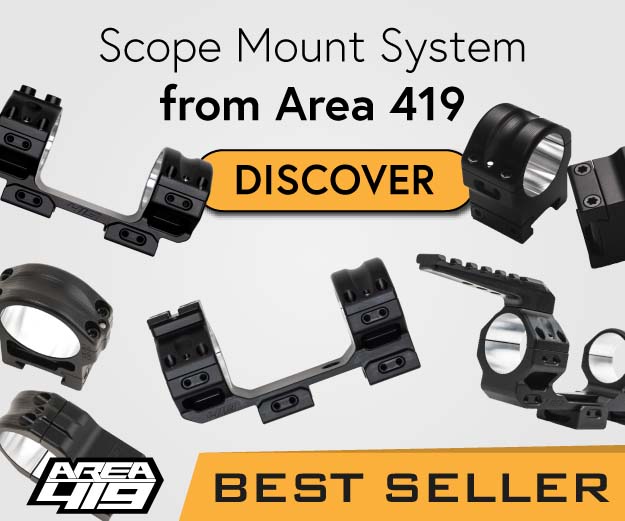





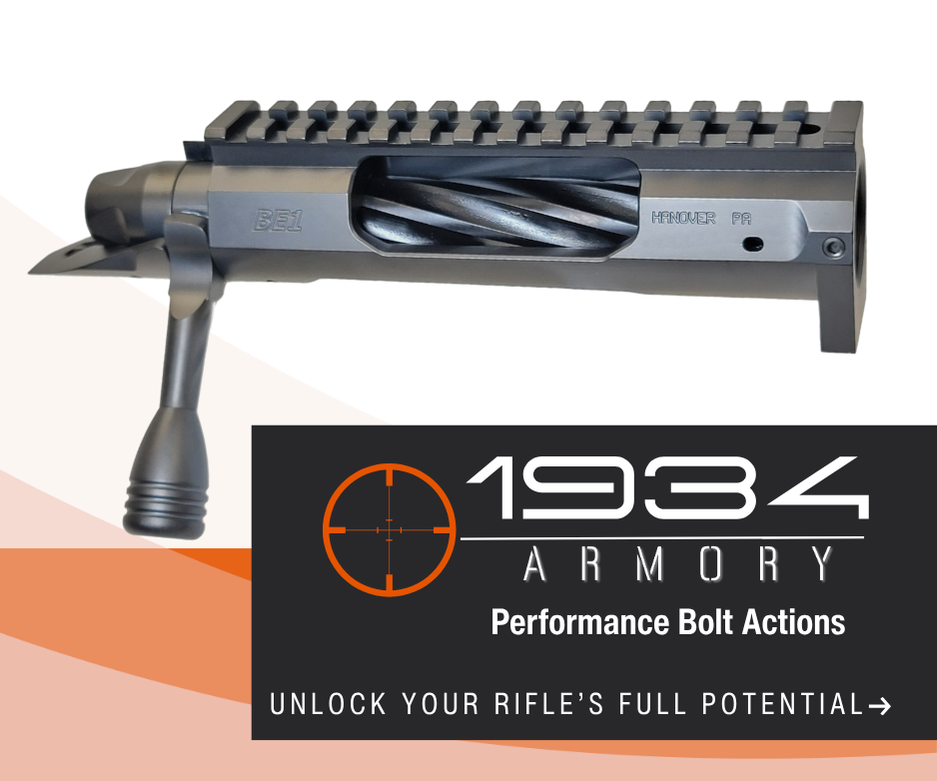

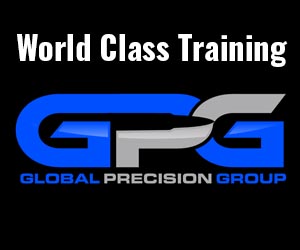




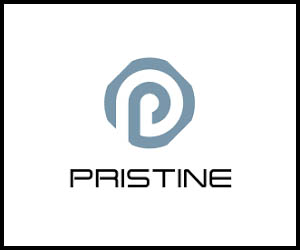





















Let me start out by saying how much I enjoy your site! As the owner of both an AR-15 and and an Armalite AR-10, I’m looking forward to your latest .308 project. A quick question…is it actually correct to refer to the AR-10 as a ‘platform’? My understanding is that the only true AR-10 is built by Armalite; all others (including DPMS) are .308 versions of the AR-15 platform. I know it’s cutting hairs, but the AR-10 guys will be all over you on that point! 🙂
Keep up the fantastic work!
Thanks Mark! Good question- I think of the AR-10 as the “first” AR, and the original AR-in-308 platform. I use “AR-10 platform” in loose terms. Perhaps that’s not totally correct. I gues “AR-308” as a project title is better and more general. 🙂
Actually I believe if you research the origins of the platform you may discover that Eugene Stoner’s first design was the SR25 and it is very close to the DPMS design. I may be wrong but I doubt it.
It’s a perfect title if you ask me! Are you going to develop rounds specifically for the rifle you build? How you approach that subject might be interesting for those of us building custom loads. Good luck!
Thanks Mark- yes, we’ll dial in the loads for this rifle (twist rate, barrel length, chamber/magazine dimensions, etc) – precision stuff, and a lot of fun.
Hey people!
I am new to reloading and have decided to go with a dillon. I cannot decide between the 550 and the 650. Any thoughts on this would be most apreciated. Laslty, which is beter for case cleaning, dry media or the wet ultrasonic type?
Againm thansk for any inof you can provide.
Andy
Hey Andy,
I have been reloading for many years and I would say it really doesn’t matter which of the dillon presses you get.. The only thing I would throw in from my experiences is that it depends how many rounds that you are going to be producing. I have had the Square deal, the 550 and the 650 I currently am using and I love it. As fare as case cleaning goes I have always used the dry corn cob or the dry walnut shell. Good luck. Chad
I think Chad has some great points. May I give a few additional things to consider?
1. Determine all the calibers you currently have and need to reload.
2. Add to this list any caliber you might think you’ll get within the next decade and every caliber that all your friends have.
3. Now look at the calibers the RL650 can handle. If any isn’t there then that solves your question.
The RL550B can handle more calibers than the RL650 can.
The cost for caliber conversions is more for the RL650 also.
However if you do lots of shooting at a time and every week-end as in competition shooting then the RL650 may very well be the way you need to go.
I have an RL550B and can do close to 500 an hour once I get in the swing of things. The RL650 can do many more.
Next subject was cleaning media.
Vibratory cleaning
I started out with a Dillon vibratory cleaner and the media separator. when you add 2 cap fulls of Dillon case polish to the media and let it run for 45 min the OUTSIDE of the bass is as shiny as new cases. You will need to leave the primers in before you load them into the cleaner or the media will stick in the primer pockets and you’ll have to get it out before you prime the cases. If you go this route I highly recommend the media separator from Dillon. It is truly a dream. The big benefit with this is you can instantly take the brass out of the media and start reloading.
Sonic cleaning
Last year I got a Lyman 600 sonic cleaner. For best use of this you will want to de-prime the cases before you clean them. I use the Lyman case solution with water from my filtration system (purified water is recommended to prevent water spots). I heat my water first by placing in a jug and keeping in sun for about an hour or heat in microwave. Ideal temp is upwards of 140 degrees F. The Lyman does have a heater but it takes too long to heat the water. Once it’s turned on I let the de-primed brass run for about 30-40 min. When complete the outside is clean but not quite as shiny as the vibratory cases. The thing is the inside of the case is clean and so is the primer pocket. This will insure the primer seats better than if it isn’t done. Not a big deal for the first couple reloads but as the pistol cases have been reloaded many times the gunk really builds up. If you have brass that has been reloaded multiple times the primer pockets won’t clean up with just the sonic cleaner. You may need to hit them with a pocket cleaner tool. After that each time you fire them sonic before reload and they’ll look like new. Now for the BIG DRAWBACK. With a sonic cleaner after you remove the brass from the solution you need to rinse them off. Now you have to let them dry. This may take awhile. It would be best to do this the day before you plan to reload them. That way the brass will definitely be dry. If you try to reload them right away you run the risk of having water in the primer pockets and in the case where the power is. This will cause miss fires, hang fires, and no fires. Needless to say you won’t be happy.
Another thing to be aware of.
DO NOT THINK YOU CAN BE A NICE PERSON FOR YOUR SPOUSE AND CLEAN ALL THEIR JEWELRY!!! If you only want to clean gold or silver no problem. Diamonds are fine too. However anything other than that you need to check the hardness level of the stone. Gems you might thing are ok if you place them in a sonic cleaner you may wind up with powder at the bottom of the cleaner and one VERY UPSET SPOUSE!!!
You can clean you gun parts in these cleaners also HOWEVER another word of caution the formula used for cleaning them is very harsh. It will clean every bit of protective lube off every piece of metal even in hidden places. Now you have an unprotected piece of metal. You will need to protect the whole thing or run the risk of rust and in places you may not be able to see. You have been warned. I have only done it to pieces that I can get to all aspects of it to lube such as pistol barrels.
One thing I like about the Lyman 600, I also don’t like. To drain the unit they have a drain spout at the bottom of the unit and a close/drain valve on the outside. To drain it just a-fix the supplied drain hose to the valve and open the valve with the hose inside a container you want to put the used solution into. I use a gallon ice tea bottle and label it POISON. The problem is I leave the valve open long enough to completely drain the tank. Now you must remember to CLOSE THE VALVE! If you don’t close it you can guess what happens when you go to fill it for the next session.
Bottom line is, I really like my sonic cleaner and I continue to use it. I haven’t gotten rid of my vibratory cleaner though and occasionally use it before the sonic cleaning.
Hope this is of help.
I was excited to see your project because I have purchased the same gun (LR-308b). I researched the short barrel on the gun and found that short barrels can actually increase accuracy, but you sacrifice velocity. I was hoping you would address how to maximize the velocity possible out of this barrel. (powder burn rates, gas port adjustment, bullet size etc.) I realize a person can’t sacrifice every thing they want out of a gun just to increase velocity, but I am interested in your thoughts on this question. Thanks Terry
Gavin,
Thanks for all the good work you do. I’ve spent countless hours researching the reloading system I am purchasing. I look forward to following the AR-10 build! I’m shooting silhouette now and given the success of your AR-15 build, I’m inclined to follow your build for my next silhouette rifle!
Keep up the great work!
Dave
Gavin,
Is there a reason why you chose YHM products?
Great project! I have an LR-308 that I have somewhat modified and do custom loads for and I love it. It is so accurate. Looking forward to learning even more from you guys!
Dennis
When do you anticipate the start of the project, I am interested in following the build, and ultimately building my own.
Just came across your web site, nice article on the DPMS LR308B. Any thoughts about expanding upon this build to include reducing recoil via an adjsutable gas block and/or adding a compensator. Alot of articles out there about the subject, also alot of opinions. Nothing definitive about the results or benefits of such modifications.
Gavin
I watched the whole AR 308 loading process and wanted to know where to locate the results you achieved on the range. Can you help me with a link? Thanks.
Bill
Fantastic videos!
how about a series on the .300 blackout.
I enjoyed your video you stated headspace gauge which one go,nogo or headspace. Which one would be the best to use for checking headspace on a new build this is my first build and I want to get it right so I ca n build more and have the right tools
I just started shooting a LWRC REPR 20″ I’m very precise when it comes to reloading the 308. proper case prep sizing, charging and bullet seating. My question is to taper crimp or not. At this time I’m not applying any crimp on my reloads. What are the benefits to taper crimping, and how much crimp do I want to use?